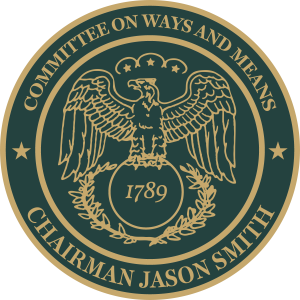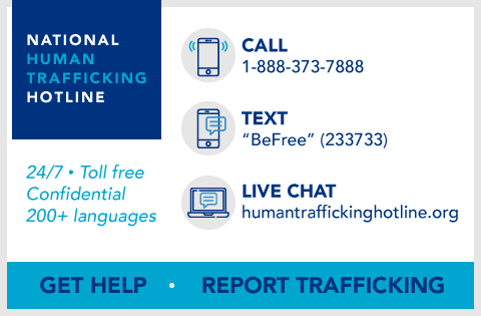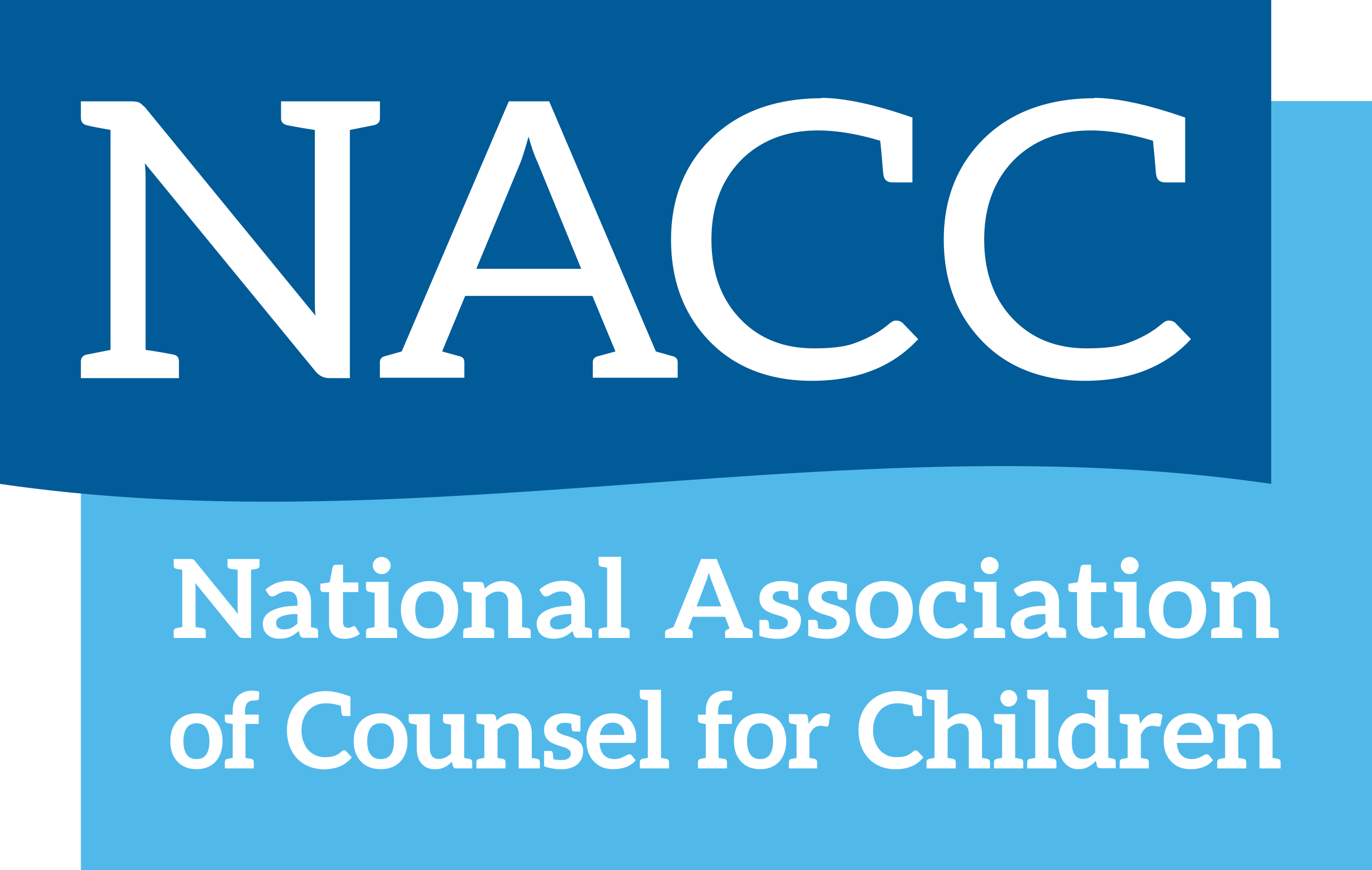NEW FEDERAL RULEMAKING FOR CHILD WELFARE LEGAL REPRESENTATION In May 2024, the U.S. Children’s Bureau published a new regulation regarding Foster Care Legal Representation. The new rule codifies and expands the opportunity for federal matching funding for legal services that … Read More
Resources

FAMILY JUSTICE JOURNAL
INTRODUCTION In January, as I finished giving testimony in our state legislature, the chair of the committee spoke up. She knew the dependency case involving my grandson had just ended. “Congratulations,” she said, “on finalizing the adoption of your grandson.” … Read More

Young Leaders Tackle Key Issues That Affect Black Children and Families’ Well-being
In its third annual Juneteenth webinar, Child Trends highlighted the work of five young leaders (ages 30 and under) who are dedicated to addressing key issues that disproportionately impact the Black community: housing, gun violence, maternal health, youth mental health, and … Read More

What They Are Saying: Child Welfare Reauthorization Delivers First-In-A-Generation Wins for Parents and Families
After an extensive year-long review of child welfare programs in Title IV-B of the Social Security Act, the Ways and Means Committee unanimously passed a bipartisan reauthorization and reform package for child welfare programs. The Protecting America’s Children by Strengthening Families Act … Read More

Media Guide FAQs
ABOUT THIS GUIDE As the long-time operators of the National Human Trafficking Hotline, Polaris knows how pervasive human trafficking is in the United States. Every year, we answer calls, texts, and chats from tens of thousands of people impacted by … Read More

Perceived Social and Emotional Support Among Teenagers: United States, July 2021–December 2022
Introduction The teen years represent a period of both biological and social transition, resulting in new and unique stressors. Teenagers with social and emotional support are better equipped to handle these stressors and are less likely to experience a variety … Read More

Culture and Child Welfare
Culture and Child Welfare explores the important role that culture plays as a protective factor, and how child welfare intervention and prevention programs can support cultural identity. READ MORE

Guide for Providers: No-Cost Training Resources on Kinship/Grandfamily Mental Health Needs
Background Kinship families and grandfamilies form when grandparents, other relatives, or close family friends provide primary care for children whose parents are unable to do so. Kinship/ grandfamilies come together for a variety of reasons, including substance use, child welfare … Read More

New Insights on State Kinship Diversion Policies
FAMILY TIES: ANALYSIS FROM A STATE-BY-STATE SURVEY OF KINSHIP CARE POLICIES DEFINING KINSHIP DIVERSION Many families rely on kin — relatives and close family friends — to provide support in times of crisis or when a parent may need extra … Read More

Human Trafficking Response Guide for School Resource Officers
ABOUT THIS GUIDE As a school resource officer (SRO), you are in a unique position to reach students considered vulnerable to exploitation and human trafficking. You play an important role because you may regularly interact with different students as part … Read More

